The Long Way Home
On the art of returning, the spaces in between, and the landscapes that hold us as we change.
Big, wet, yellow maple leaves cling to cobblestones. The streets of Oslo are darkened by late autumn. Dusk comes early this time of year, but the leaves light up the charcoal-colored pavement – bright gold stars scattered across sidewalks, gathering in gutters and mounding on park benches like spent confetti. The air is damp, the kind of damp that settles in your bones but somehow feels familiar. The kind you forget you missed until it wraps around you like a cozy, favorite old sweater.
I had almost forgotten this feeling. The smell of woodsmoke and wet earth, the sounds of buses stopping, depositing people headed home for the evening. The way the city glows under streetlights in the early darkness. The knotted trees that have stood here longer than I’ve been alive. I ride my bike through city streets, seeing it all again with older eyes. The rhythm of people moving – walking, biking, always outside, no matter the weather – pulls me back into something I didn’t know I’d lost.
After decades of only visiting for a few hurried days at a time, I came back for a few months. Long enough to settle in, long enough to remember. And in that remembering, something shifted. The city of my youth welcomed me like an old friend – not unchanged, but somehow still mine. Still home.
Sometimes the in-between is the most sacred part of the journey – where we meet the next version of ourselves and quietly build the home they’ll need.
A Season of In-Between
I didn’t return to Oslo with a grand plan. I returned because I needed a pause, and I needed a place.
After the breakup, I felt uprooted, unmoored, adrift. I felt like I’d been holding my breath for too long. I didn’t know what I wanted next, only that I needed space. Space to think, to feel, to remember who I was outside of that relationship. So I returned to the city and settled into a sublet apartment in a neighborhood close to family.
It wasn’t permanent, just a season. But what I didn’t realize then was how deeply I needed that in-between, to belong to no one except my closest family for a while. It was time to shed a version of myself I had outgrown.
Those months in Oslo became their own kind of cocoon. I walked. I biked. I wandered the city without expectation, letting memory and present moment fade into one another. Some days I cried. Some days I felt more alive than I had in years. Most days were quiet. And in that quiet, something softened.
I meandered along the Akerselva river. I went to the gym. Indoor cycling and hot yoga classes filled my mornings. Work filled my afternoons and evenings. I filled notebooks with journal reflections. I read old books I found in the place I was staying. I sipped tea and ate knekkebrød. There was no one watching, no one to perform for. Just me, the city, and whatever was coming next.
It’s strange, in hindsight, how we can be most ourselves in the places we least expected to grow. That season didn’t have big breakthroughs or dramatic revelations. But it held something sacred: the slow, steady work of becoming. The quiet work of building capacity to be fully at home with myself.
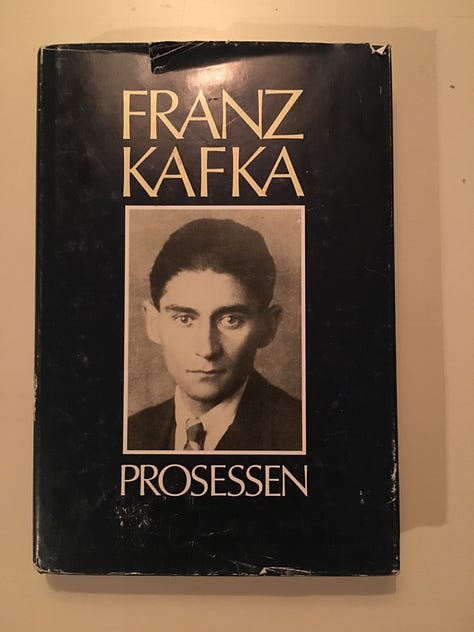
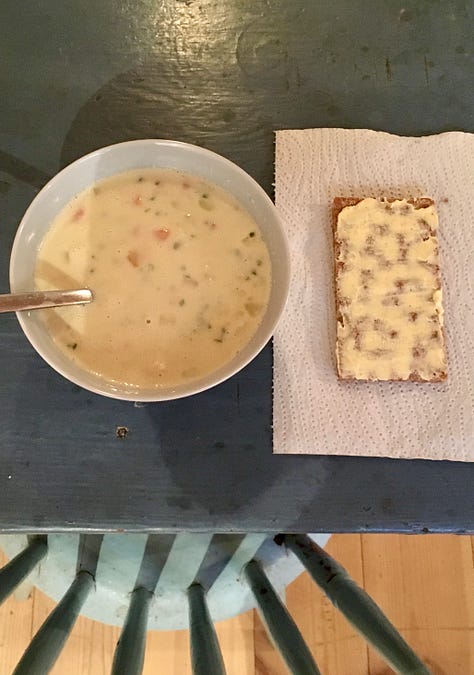
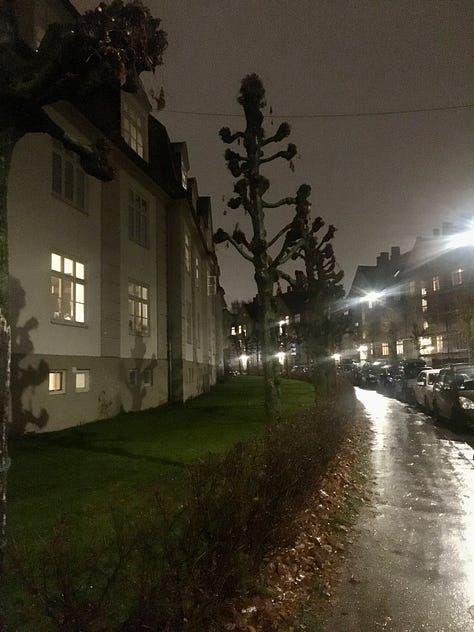
The Geography of Belonging
Oslo held me in just the way I needed to be held. Not with fanfare or flash, but with familiarity. The streets remembered me, even if I had changed. The smell of rain on asphalt, the whirr of trams, the way the light slanted in the early afternoon. It all rooted me in a kind of cellular memory.
I had grown up here, but I was no longer trying to reclaim the version of me who once lived in this city. I wasn’t even trying to belong to it again. I was simply being, and that turned out to be enough. Oslo didn’t ask anything of me. It just let me exist.
I noticed how much the city invites movement. Everyone walking, biking, scootering, pushing strollers. People getting where they need to go, self-powered. That rhythm sank into me. I walked along the river without needing a destination. I moved through streets that once shaped my adolescence and let them now witness this in-between version of me: not who I had been, not yet who I was becoming.
And I found, strangely, a kind of peace in that liminality.
I think certain places give us permission. Permission to slow down. To listen. To not know. Oslo gave me that. It became a mirror for the version of me I was learning to trust again, the version who didn’t need to prove anything, who was allowed to be undone and unfinished.
It turns out that belonging isn’t always about people or permanence. Sometimes it’s about finding a place that lets you return to yourself. Sometimes it’s a geography that holds the map of your becoming.
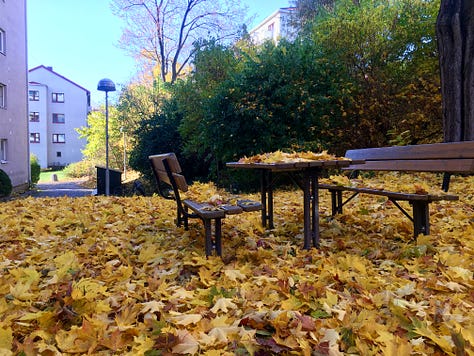
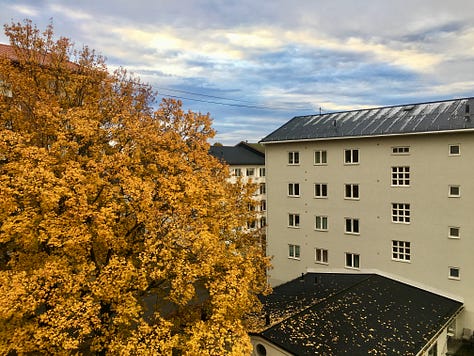
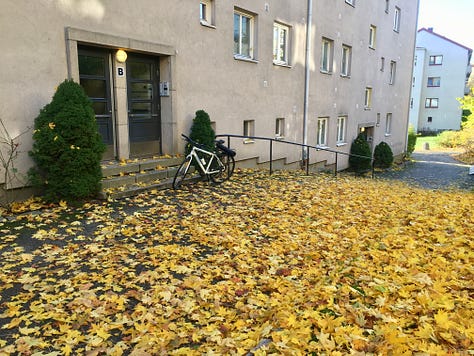
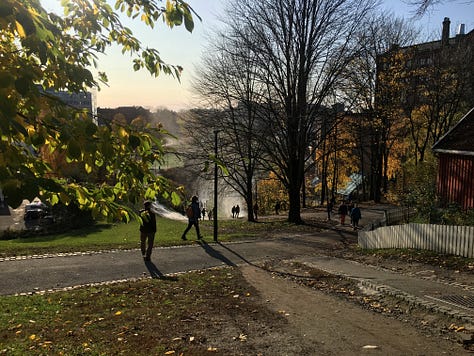
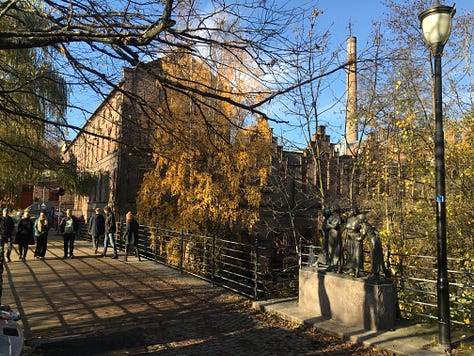

Quiet Preparation
Looking back, I didn’t know I was preparing for anything. I was just trying to heal. To reorient. To breathe.
But now I see that those months in Oslo became a kind of training ground – for solitude, for self-trust, for the kind of quiet endurance I would soon need more than I could imagine.
When the world shut down in early 2020, I had already been practicing the art of being alone. I had already learned how to build a day from simple rituals: a slow breakfast, a walk in the cold, a chapter of a book, a yoga class in the dark. I had already learned to be at home with myself. Not perfectly, but enough to weather the coming storm.
I wouldn’t have chosen that preparation, not consciously. And I certainly didn’t feel strong or resilient at the time. I just kept going. Kept breathing. Kept showing up for my own life in the smallest, most ordinary ways. It turns out, that’s what resilience often looks like.
I think we underestimate how profoundly those liminal seasons shape us. The ones that feel temporary. The ones we dismiss as detours. But sometimes, the most important groundwork happens when no one is watching, when we’re not even sure who we’re becoming yet.
Oslo gave me what I needed to move forward: a sense of grounding, a sense of rhythm, and a growing capacity to be fully at home with myself. And that turned out to be the foundation for everything that came next.
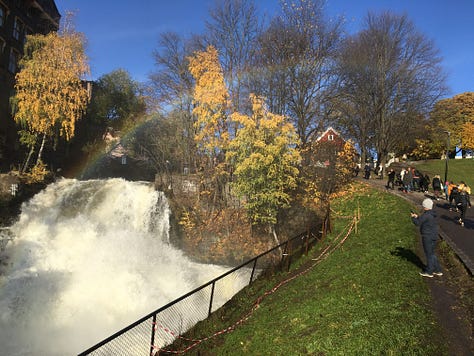
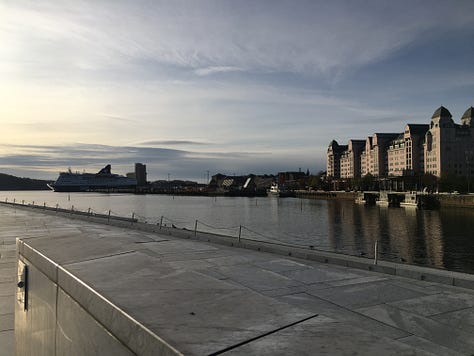
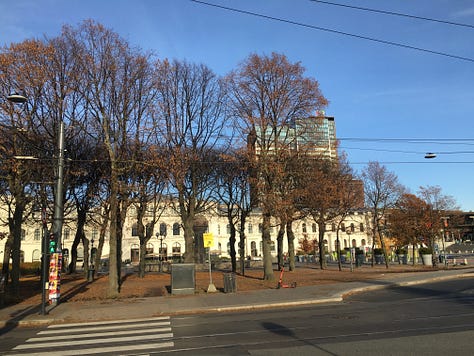
The Path Forward
That season in Oslo didn’t give me all the answers. But it gave me a beginning. A rhythm. A practice of listening inward, moving slowly, trusting the next step even when I couldn’t see the path.
Some chapters of life don’t announce themselves with grand beginnings. They whisper. They unfurl slowly. Oslo was one of those chapters. A place where I learned to pause. To heal. To belong to myself again.
The next chapter began with a breath.
A step.
And then, I started running.
I was headed the long way home.


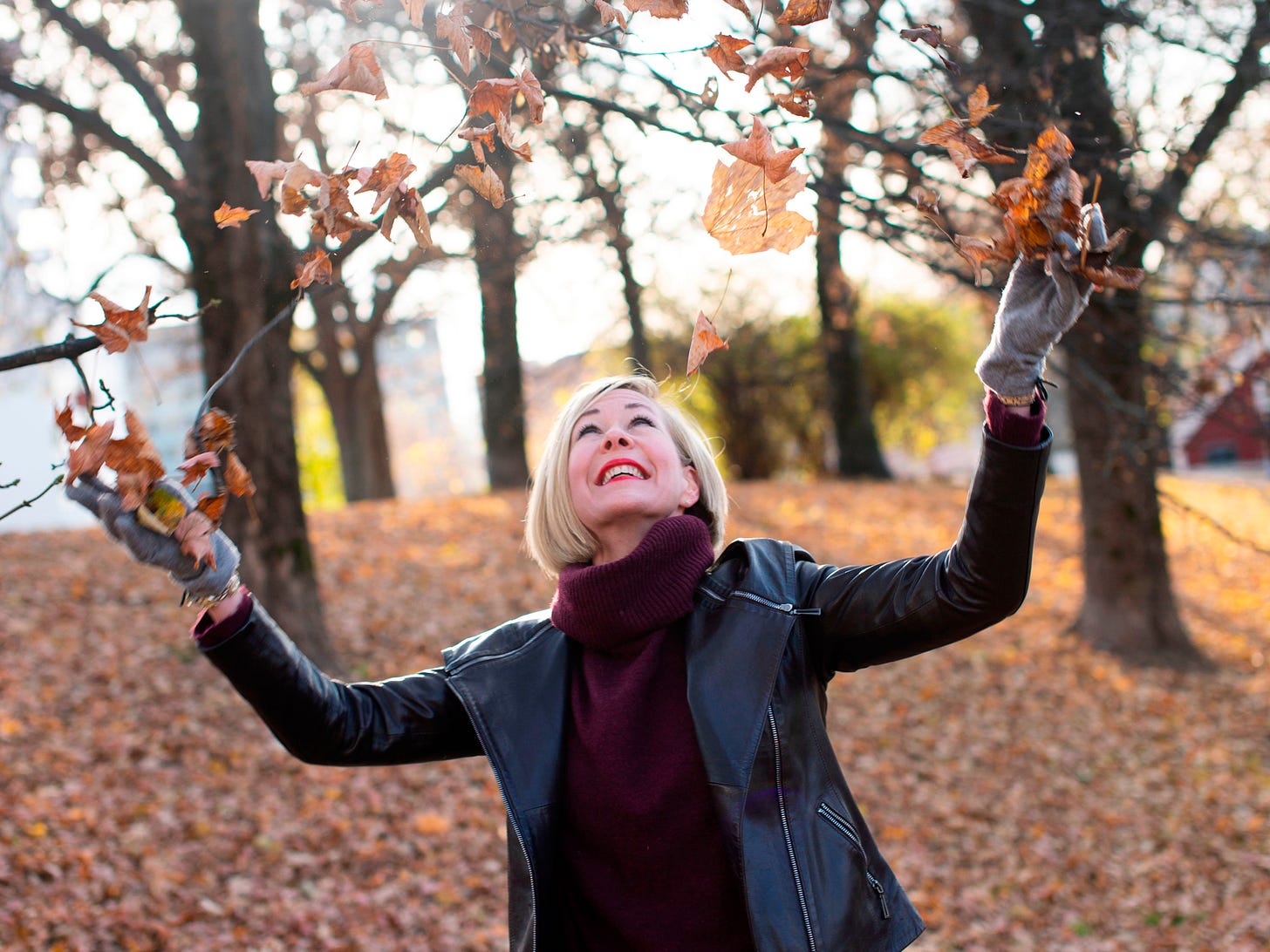
Beautiful writing. "...what I didn’t realize then was how deeply I needed that in-between, to belong to no one except my closest family for a while. It was time to shed a version of myself I had outgrown."
I love the concept of "in-between." It gives us the license not to know and to figure things out on an untimed timetable. It's like walking into a railroad station, looking up at the schedule, and seeing it read, "Whenever you're ready."